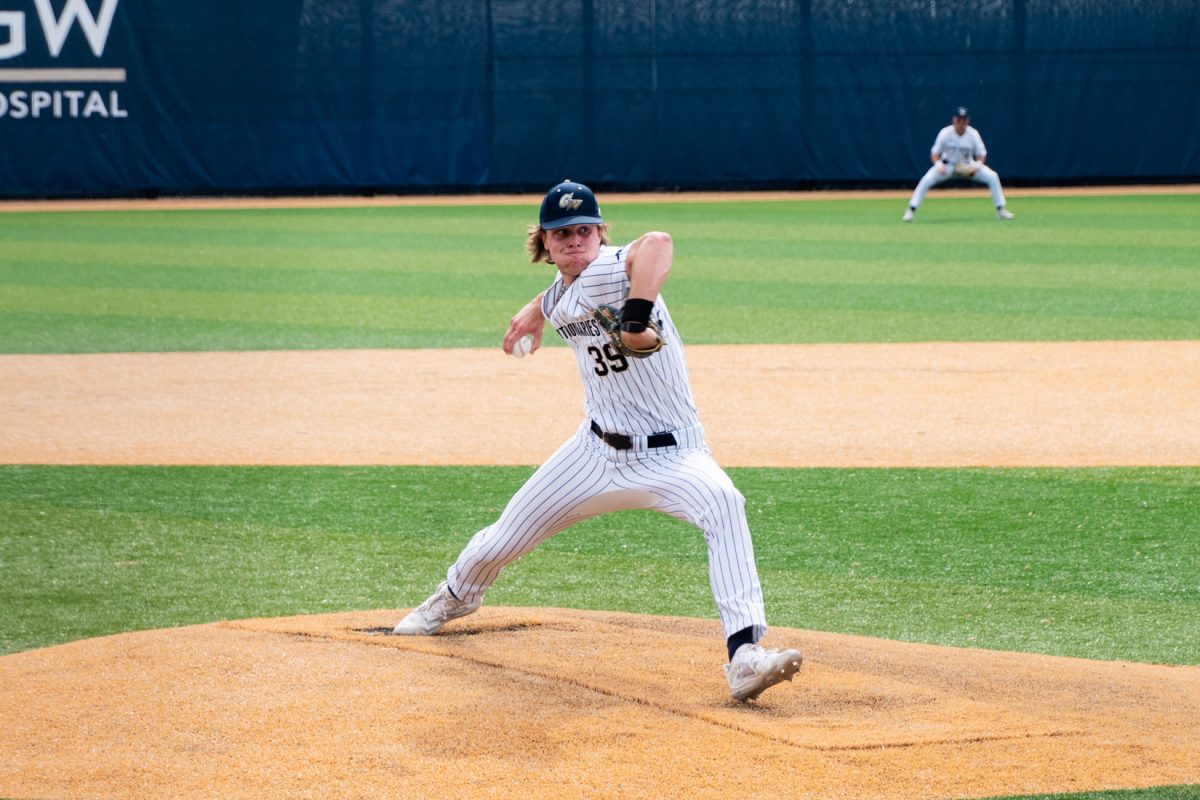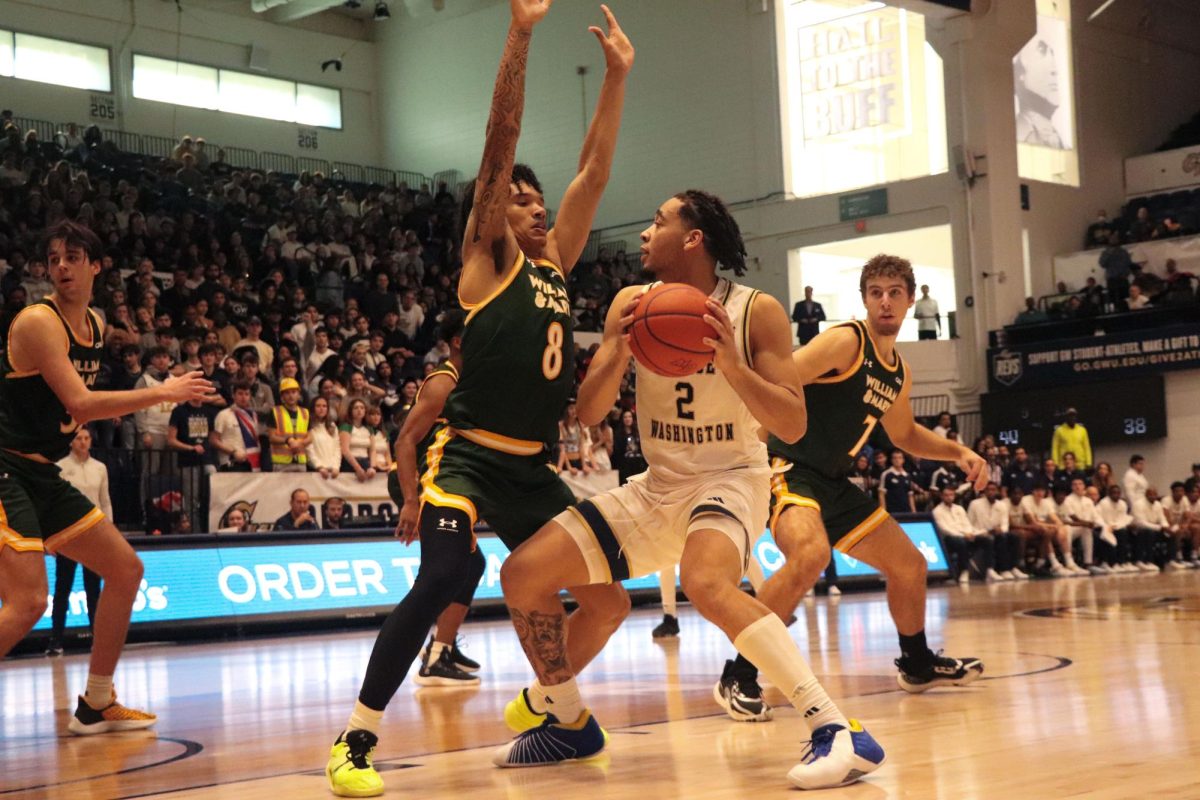The university presidents of the Atlantic Coast Conference voted to invite three Big East conference schools to join the ACC Friday, a decision that is expected to have significant domino effects on major college athletics and could impact GW and the Atlantic 10.
The primary target of the ACC’s expansion is football powerhouse University of Miami, which was still weighing whether to accept the ACC’s invitation as the Big East began its annual spring meetings last weekend in Ponte Vedra, Fla. If Miami moves from the Big East to the ACC, the two other schools invited, Syracuse University and Boston College, will reportedly follow.
Either way, the 14-school Big East will likely split between the remaining schools that have football teams and the five that do not at some point in the next few years. A split would force both groups to look to add schools, most likely from Conference USA and the A-10, to establish viable conferences.
Despite the potential threat this poses to the A-10, GW Athletic Director Jack Kvancz said the unity of the A-10 schools, if it remains intact, will give the league the upper hand in preventing any defections to other conferences.
“We are without exception one of the best eight or nine conferences in the country, period,” he said. “If there is a break-up of the Big East…all of a sudden, instead of the A-10 playing second fiddle to the Big East, the remaining teams in the Big East could be playing second fiddle to the A-10.”
If the strength of the A-10 does not prevent GW’s counterparts from bolting, the University could be left behind in a conference weakened by the loss of top men’s basketball schools such as Dayton, Temple, St. Joseph’s and Xavier. Those schools could join a new Big East basketball conference or a totally new conference comprised of religiously affiliated schools, both of which would probably exclude GW.
To maintain a strong conference, Kvancz said the A-10 should expand. Because of the conference’s relative strength to a disintegrated Big East, Kvancz said it should be the one “cherry-picking” former Big East schools to join the A-10, not the other way around.
“Right now I’d add (schools),” he said. “Forget the Big East teams, I’d add (Boston University). I’d take them tomorrow. And if we have to take Villanova or St. John’s, etc., then take them too…Because our recruiting and student body is such that it goes through all the northeastern states, anyone in that region would be great.”
Among the drawbacks to an expanded league are that some teams might not be able play each other in basketball every year and teams at the bottom of the standings could be left out of conference tournaments. But Kvancz said adding schools would protect the A-10 in a time when its future is uncertain given the probable break-up of the Big East and possible NCAA sanctions facing the St. Bonaventure and Rhode Island men’s basketball programs.
“I’m not hung up on whether there’s 15 or 16 schools,” he said. “The Big East has been at 14 schools forever and all they do is get teams in the (NCAA) Tournament. Obviously at some number that’s wrong, but it doesn’t bother me to have 13 or 14.”
Kvancz also said he believes the possibility of a religiously-affiliated league forming is less likely given the travel expenses those schools would have to incur due to the distance between potential members like Georgetown and Marquette Universities, which would have to travel between Washington and Milwaukee, Wis.
“One thing about priests- they’re very concerned about money,” he said. “They’re not looking to go west. They’d like to stay east…so I personally don’t believe the good fathers are going to let that happen.”
Essentially, the likelihood of any new conferences forming in part from the recruitment of A-10 schools comes down to how loyal the 12 A-10 universities are to each other and how committed they are to sticking together amidst the conference scramble.
Kvancz said he was “pleasantly surprised” by the loyalty he perceived within the league after a conference call with athletic directors of the other 11 A-10 schools. But that could change if some schools decide that joining a different league would be more profitable.
“If everybody hung tight, and that’s a very difficult thing to do because we all have responsibilities on our own campuses, I think you could be pleasantly surprised,” Kvancz said. “If you can get the loyalty, we should stand strong and say, ‘If something happens to the Big East, maybe there’s a few teams there we’d want.’ End it there, and wait and see what happens.”







